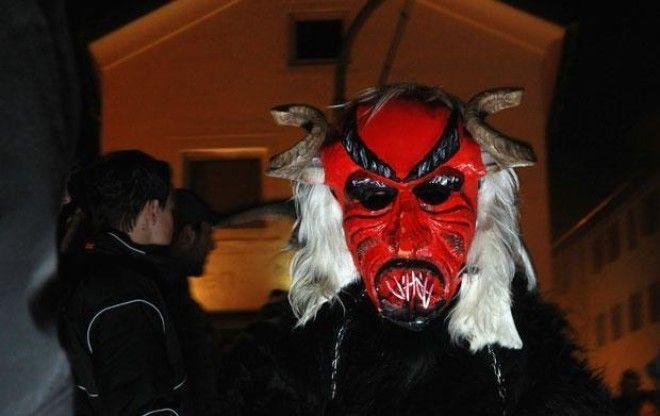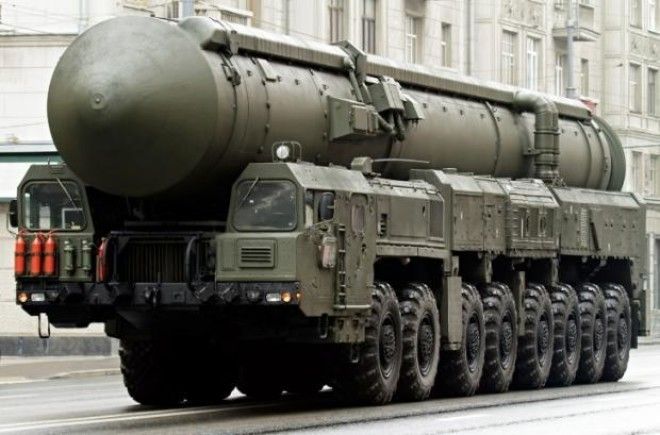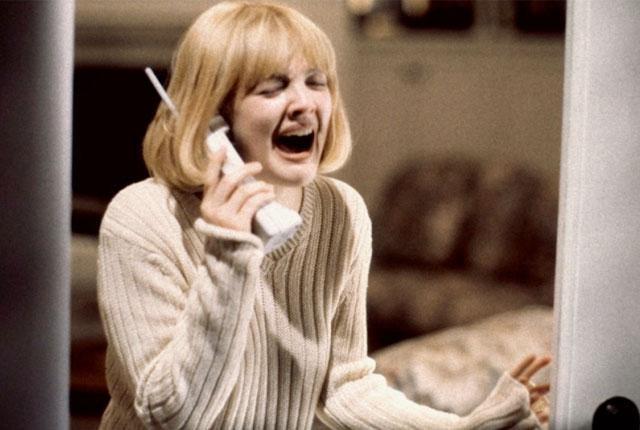1. Acid Rain

Acid rain is what you get when chemical emissions from man-made and natural sources react with water, oxygen, and other chemicals in the atmosphere to form acidic compounds that come back down to Earth in precipitation.
In the early '90s, the federal government went after acid rain with strengthened environmental regulations. A 1990 amendment to the Clean Air Act required reductions in the types of emissions thatled to acid rain, by way of cap-and-trade programs like the EPA’s Clean Air Interstate Rule (CAIR) and the Acid Rain Program (ARP) and technology like smokestack “scrubbers” and low-nitrogen-oxide burners. Emissions began to fall dramatically and are now millions of tons lower than they were in the late '80s and early '90s—at least in the U.S. Lax regulation and expanding industrialization and fossil fuel use in some countries, particularly China, led to an increase in acid rain–forming emissions and instances of acid rain in those places in the early 2000s that have only recently begun to be fixed. So while we've made some progress, acid rain remains a threat.
2. The Hole in the Ozone Layer

The ozone layer is a part of the atmosphere that conveniently protects us from the sun’s harmful ultraviolet light. In 1985, we discovered a big hole in it. As Ethan Trex told us in 2012, it's still there. What’s more, a second hole was identified in 2011. Both are pretty well under control, though. In an unprecedented moment of cooperation, every member state of the United Nations ratified the 1987 Montreal Protocol and agreed to phase out the use of ozone-depleting chlorofluorocarbons (CFCs)—chemical compounds used in aerosol sprayers and as refrigerants.
CFCs hang around for a while, but as they disappear, the ozone layer is slowly repairing itself and patching the holes. Given the repair rates, scientists project that we’ll be back at pre-CFCs ozone levels sometime between 2050 and 2080. NASA continues to keep an eye on it.
3. Killer Bees

In the 1950s, African and European honey bees escaped from an experimental apiary, or “bee yard,” in Brazil and started making hybrid bee babies in the wild. The resulting Africanized honey bees outcompeted native bees for resources and took over their hives. They spread north and south through South and Central America and, in October 1990, reached the United States.
Their arrival was talked about like a monster movie, with swarms of hyper-aggressive “killer” bees swooping down from the sky to maim and murder us. The reality is that, while the hybrids inherited their African ancestors’ tendency to pursue and attack perceived threats in large numbers, and have killed people and animals, we haven’t seen the bloodbath people feared. In the years the bees have been here, people in the South and Southwest have simply learned to live with them. Most people never meet a killer bee, and entomologists from the Department of Agriculture have developed tools and techniques—like bee-proof clothing and “swarm traps”—to protect those that do come in contact with them. But it's not all good news. Recently there have been reports of sometimes deadly attacks.
4. Stephen King

This might just be sampling bias on my part, but it felt like you couldn’t talk about horror books or movies in the pre-Scream '90s without the shadow of Stephen King looming over you. There was even a great library PSA that featured King creeping out patrons.
Not long after his 37th novel, The Girl Who Loved Tom Gordon, was published in 1999, King was hit by a car while walking along Maine’s Route 5. He suffered a collapsed lung, multiple fractures in one leg, a broken hip, and cuts on his head. During his recovery, King announced that he was going to retire, since his injuries made sitting uncomfortable and working long hours difficult. He continued to write, but held off on publishing, and eventually returned to releasing new material. He now seems to be back to his prolific self. In the past year alone, he won an Edgar Award for Best Novel for the hard-boiled detective tale Mr. Mercedes, published the book's sequel, Finders Keepers, and has a short story collection coming out in November called The Bazaar of Bad Dreams. I think he'd prefer you read those stories than these seven tales.
5. Y2K

When the calendars rolled over from the last day of 1999 to the first of 2000, the world’s computers were supposed to be in trouble. Since many computers used six-digit dates (dd/mm/yy) to save digital space, the change from 99 to 00 would cause problems for date mathematics and systems that check valid dates (like credit card processing).
Companies, governments, and individuals spent an estimated $550 million to upgrade and fix their systems, and the world didn’t end on New Year’s Day. There were glitches here and there—including at a few power plants, the Pentagon, an ATF office, and an Amtrak control
center—but nothing that wiped out the global economy or brought death raining down from the sky. “I’m pleased to report what you already know—that we don’t have anything to report,” FEMA director James Lee Witt told reporters at the time.
We might have to go through the Y2K headache all over again in a few decades, though. Another dating problem affects systems that use the standard time library, which stores and calculates time and date values using a counter zeroedat midnight on January 1, 1970, 12:00:00 a.m. The farthest these counters can get from that 0 before rolling over to a negative number is 2,147,483,647 seconds, which they’ll hit at 3:14:07 a.m. on January 19, 2038, which some are calling the Y2038 problem.
6. Satanic Cults

Throughout the late '80s and early '90s, some people believed that a nationally organized, highly structured Satanic cult operated in secret right under all of our noses. Almost anywhere a kid cried molestation or a dog turned up dead in an abandoned house, some people blamed the Satanists. They formed community groups and task forces to deal with the Satanists, produced hour-long evening news special reports about the Satanists, and generally threw a lot of time, money, and effort at making the Satanists go away (including the McMartin Preschool case, which produced no convictions and was at the time the longest, costliest trial in American history).
The hitch is that there’s almost no evidence that such a cult exists or existed. What’s more, the cult’s activities, as they were perceived and described, don’t even make sense. “Satanists allegedly have a tightly organized, powerful, infallible network that leaves no evidence
of its large-scale abduction, breeding and human sacrifice activity,” sociologist David Bromley says in The Satanism Scare. “Yet these groups also supposedly leave behind a trail of clues such as animal carcasses and open graves that invite official investigation.” Bromley continues: “Even if satanists sacrificed only 10,000 children—rather than the more commonly cited 50,000 children per year—the time period covered by current survivors' claims would have produced 400,000 victims, a total rivaling the 517,347 war-related deaths from the Second World War, the Korean, and Vietnam wars combined. Yet, not a single casualty of the satanic cult network has been discovered.”
The national Satanic Cult, most sociologists have concluded, wasn’t real. Instead, the Satanism scare was just a collective overreaction to scattered, isolated events and fueled by media publicity given to the cult narrative. One thing that is real: The Church of Satan, which, according to its information for prison chaplains, endorses "a rational philosophy of pragmatism, materialism and skepticism, generally promoting a libertarian point of social view with an emphasis on law and order." Also vengeance.
7. Soviet Nukes

Before it dissolved in 1991, the Soviet Union had an arsenal of 27,000 nuclear weapons that we all thought were going to come crashing down on us. Since then, some of those nukes have been dismantled, but others remain fully functional. Russia and some other former Soviet republics also still have stockpiles of weapons-grade uranium and plutonium.
While Russia probably won’t use a nuke on us any time soon, there’s a valid concern that some of these weapons and nuclear materials—“secured” at poorly guarded, underfunded facilities—might fall into the hands of people who would. Thankfully, the Council on Foreign Relations says that there are no confirmed reports of missing or stolen former-Soviet nuclear weapons, despite hundreds of attempted nuclear smuggling deals.
There are, however, despotic or unstable states with nuclear arsenals, including North Korea and Pakistan.
Journalist William Langewiesche dove deep into the logistics of stealing or buying a black market nuke or the materials to build one for his book The Atomic Bazaar. “If you wanted a bomb and calculated the odds, you would have to admit that they were stacked against you, simply because of how the world works—and that this may be why others like you, if there have been any, have so far not succeeded,” he wrote for The Atlantic. “You would understand, though, that the odds are not impossible.”
8. Stephen Gammell

Gammell has illustrated 16 books since the last Scary Stories to Tell in the Dark book, none of them nearly as terrifying. He and his wife live in St. Paul, Min., and he works in a studio over a restaurant. Seems like a nice guy with a quaint life, but seriously, this stuff has been giving me nightmares since I first encountered SStTitD in 1993 (maybe that's why in 2011 the publisher of the Scary Stories series released the books with less intense drawings). The Caldecott winner's latest book is the not-so-scary Mudkin, which he probably wrote in his studio. I picture it as haunted, with bleeding walls and serial killers hanging out in the bathroom.

